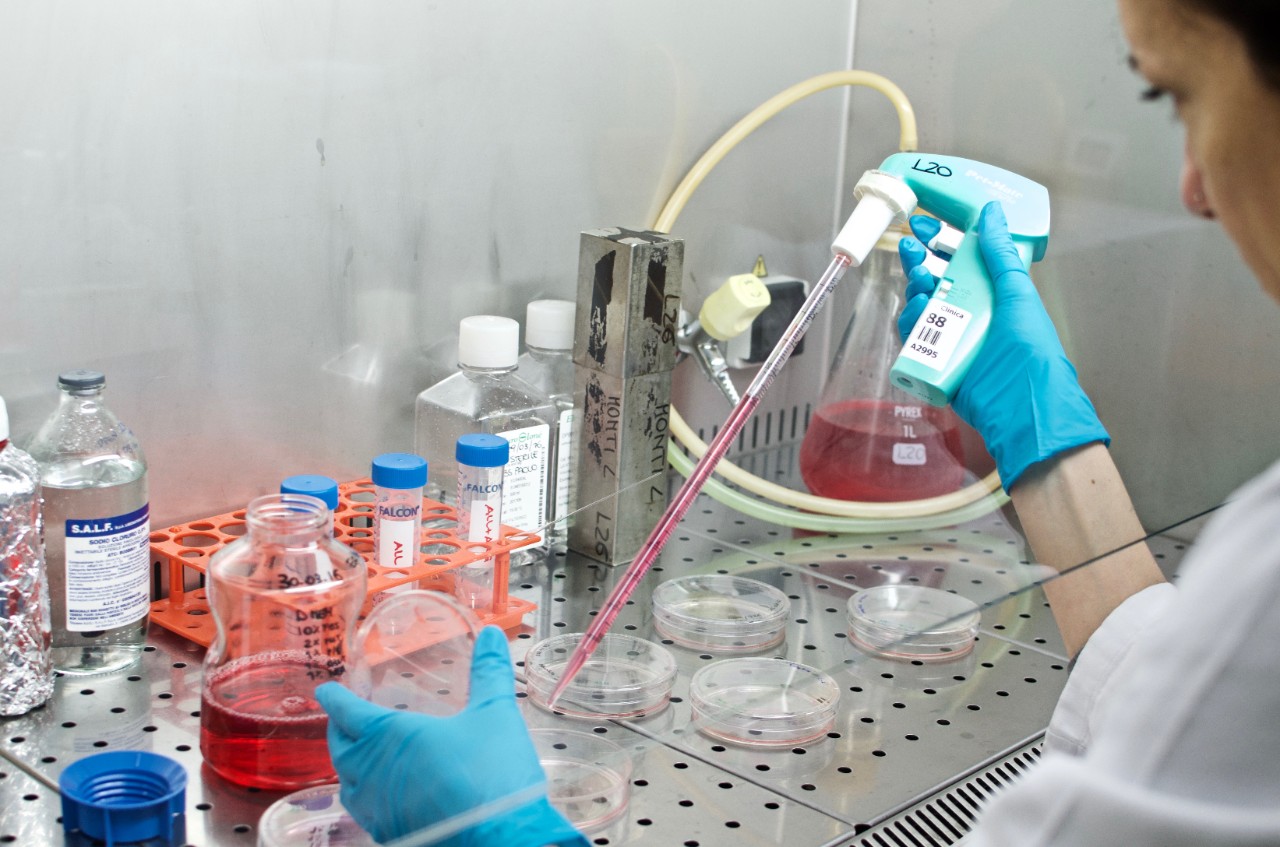Stemming the tide
San Raffaele’s Diabetes Research Institute and its quest to cure diabetes.
Gruppo Ospedaliero San Donato (GSD)
In 2007 when the decision to integrate research, clinical work and medical education at San Raffaele was taken, Manuela Battaglia, deputy director and Head of Unit for Immune-mediated diseases at San Raffaele’s Diabetes Research Institute (DRI) explains that the DRI was primarily focussed on type 1 diabetes. As the healthcare landscape changes however, type 2 diabetes has become a much greater focus given the increasing burden on society.
The idea behind the DRI was to create an institute that produced translational science. The institute’s informal motto, says Battaglia is “from patients to the lab and then back to the patients.” Indeed, the institute covers a range of research areas within diabetes, at all levels from pre-clinical to phase one and two clinical studies. “We do everything that is fundamental to the translational science.” Composed of six research units and five clinical units, the DRI is nestled within the San Raffaele Hospital campus. “We are very lucky because we have the hospital close by and their University. There is a close relationship between the clinicians and the scientists.”
While the share of research projects focused on type 2 diabetes has increased, type 1 remains at the core of the institute’s work. That work ranges from prevention and identification of subjects at risk to the search for a cure. While type 2 diabetes is on the rise, so too is type 1, especially among children, says Battaglia. “All autoimmune diseases are increasing dramatically over the last few years. In western countries they’re really increasing, including type 1. We’ve seen twice as many patients over the last 15 years. They are also younger and younger. Some years ago it was quite rare to have a 5 year old child with type 1 but it is becoming more and more common. It’s accelerating and increasing.”
While genetics are the starting point for type 1 diabetes, Battaglia explains the current hypothesis that environmental stresses impact patients. As people’s immune systems are stressed by environmental factors she says, the likelihood of developing type 1 increases.” There is a big hypothesis that a viral infection would create the first stress on the pancreas and this would end in killing the beta cells.” Research is also looking at microflora in the gut “which is very important to protecting from autoimmune diseases.” A lot of different ‘hits’ from the environment can contribute to microbiota modifications. Genetics cannot change much in 10 years, while the environment can and it actually has changed a lot” The DRI looks at diabetes from an immunological perspective. “We try to understand what’s happening, who’s making autoantibodies, why, and through which mechanism to try and identify targets for therapeutics to prevent the disease.”
Over the last 10 years, Battaglia’s team has run an oral insulin study. The idea behind the study is that by giving a chronically low dose of oral insulin “you reset the immune system leading to prevention.” The study, she explains, has just concluded with the results of the study set to be announced at the American Diabetes Association’s annual meeting. “If the results are positive, that will really change the future especially if we can identify something that prevents onset or at least delays it.”
San Raffaele’s claim to fame in the diabetes arena may well be its islet transplantation unit. Indeed, the San Raffaele Hospital is the leading islet transplantation center in Europe and has treated patients from across the globe. The DRI continues to undertake research in the field looking at transplant points and how to prevent cell graft rejection.
There is, says Battaglia, a great deal of focus on technological remedies for diabetes. Ideas include a glucose monitor and insulin micro injector that work in unison, allowing the patient to stop taking blood sugar levels and injecting insulin. However, Battaglia argues that “even having perfect glucose monitoring is not like having beta cells that do the job. Infusing insulin doesn’t get the same results as real beta cells that respond physiologically.” An artificial pancreas, she says, “only follows blood glucose levels and it is proved that glycated hemoglobin is not identical when you use an artificial pancreas.” As a result, the DRI remains “very much convinced that our approach where we replace the beta cells will be the real cure. It is a better option than an artificial pancreas which is just to maintain your glucose until you can get beta cell replacement and become insulin independent.”
The DRI has also branched out to community outreach, having recently held a meeting presenting its work for 600 patients. Indeed, the institute she explains, relies on its relationships with patients and the clinicians on the front line as working with the doctors who treat patients creates the best environment. “You might have a good clinical procedure but this doesn’t stop the science. Science will always have to improve and then go back to the patients.”


